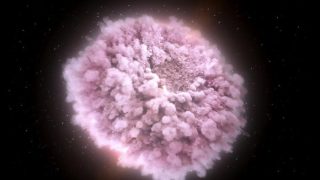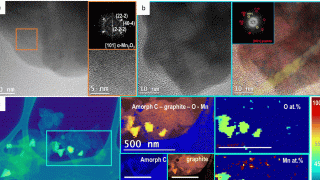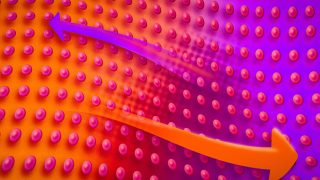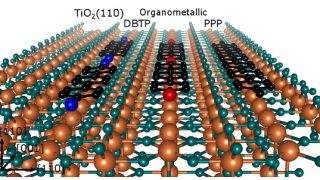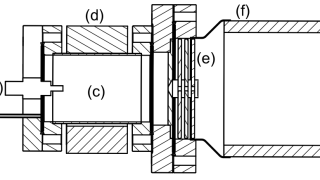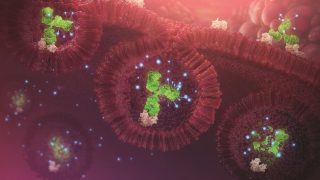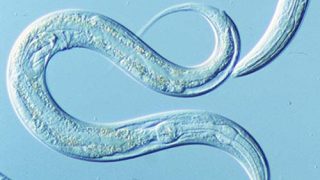
Stopping jumping genes could increase lifespan, at least in worms
Roundworms are the most commonly used animal model to investigate aging and methods to increase the lifespan such as intermittent fasting. Latest research indicates that jumping genes could be another target for interventions aiming towards expanding the lifespan. What are jumping genes? Also called transposons, are movable stretches of DNA of possible viral origin that […]

